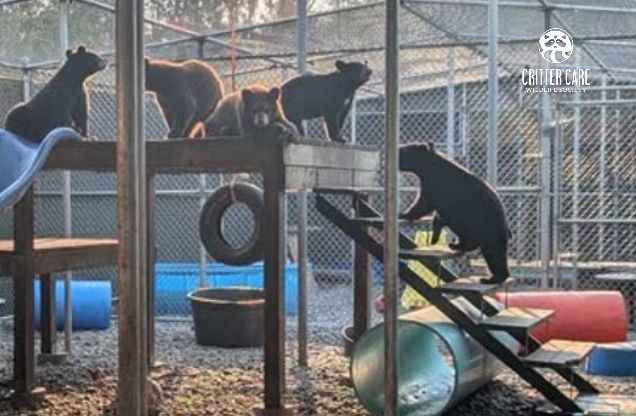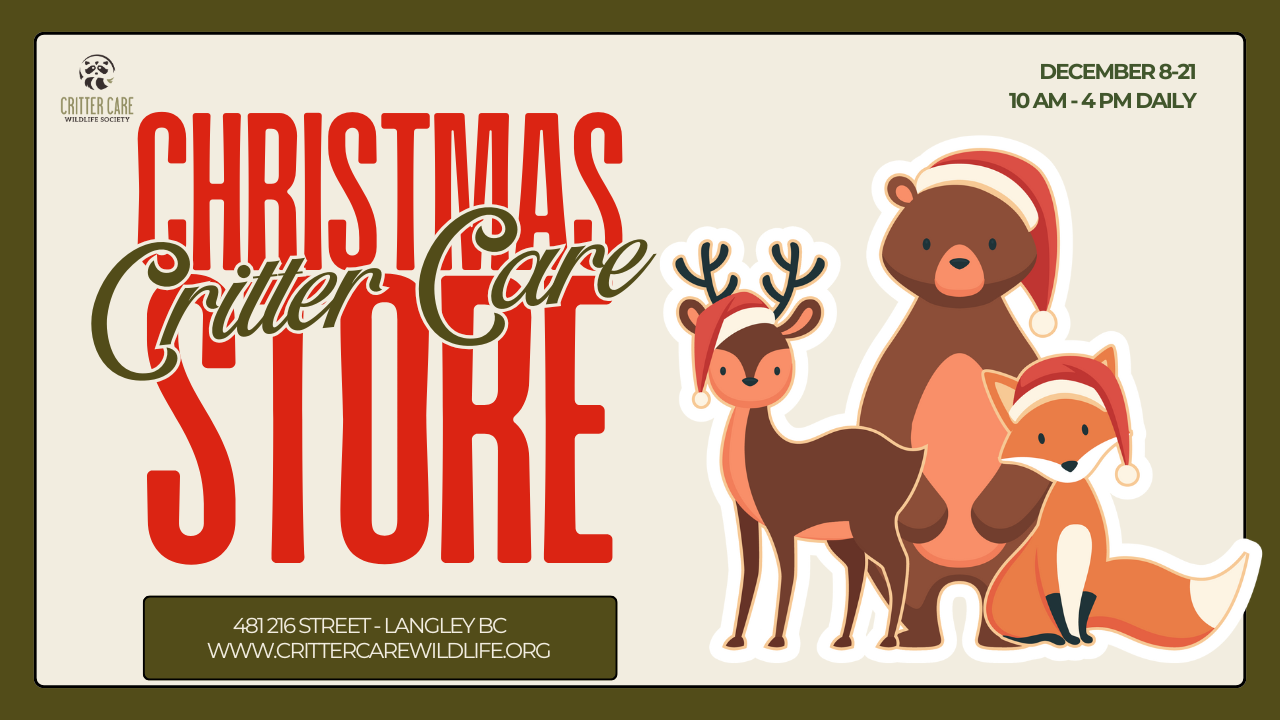Raccoons in Canada: Where They Live and What Makes Them So Adaptable
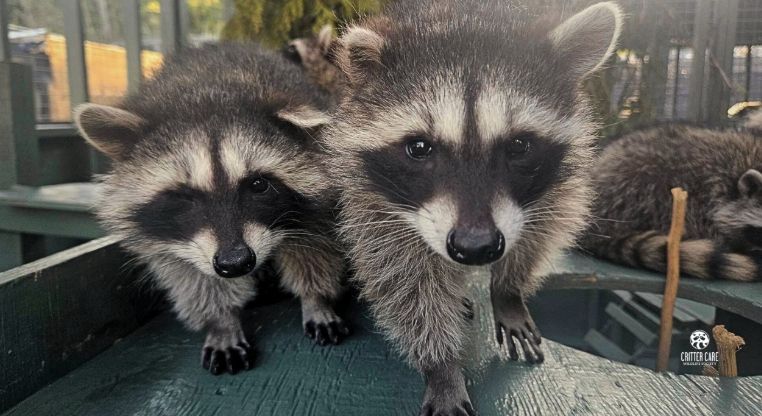
Raccoons are one of the most familiar and adaptable wild mammals in Southern British Columbia. They have established themselves in forests, wetlands, farmlands, and even our cities, thanks to their clever hands, masked faces, and curious nature. At Critter Care Wildlife Society in Langley, many raccoons are rescued, rehabilitated, and released back to the wild each year, a reminder of just how closely their lives are tied to ours.
Understanding their habits and taking a few simple precautions can help us coexist peacefully with these intelligent animals.
Coexisting with Raccoons
Raccoons thrive wherever food and shelter are simple to find. Around homes, this often means garbage bins, pet food, fallen fruit, or cozy attics. By securing these attractants, we can prevent most conflicts. Here are a few simple steps:
- Keep garbage and compost secured with wildlife-proof lids.
- Store pet food indoors and clean up fallen fruit promptly.
- Seal openings to sheds, decks, and attics so raccoons cannot move in.
- Avoid feeding raccoons, as it can make them bolder and more likely to cause damage or approach people.
- If raccoons become persistent visitors, humane exclusion methods or advice from a professional are better choices than trapping or relocating.
Protect pets by bringing them in at night and giving raccoons space, especially in spring when mothers may be protective of their young.
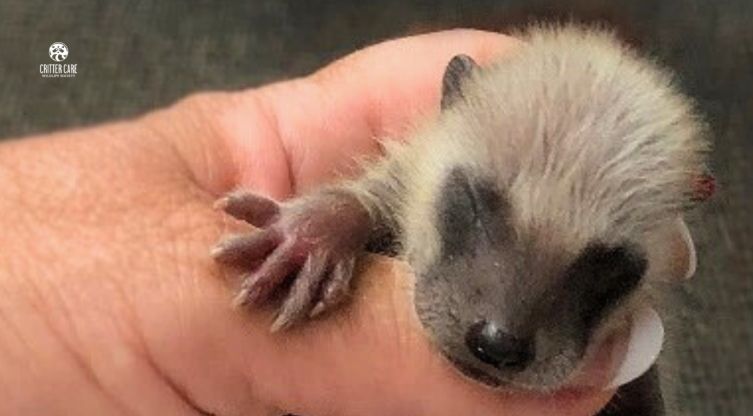
Habitat and Behavior
In the wild, raccoons prefer moist forests near water, but they are remarkably adaptable. They can be found in marshes, farmlands, suburbs, and even downtown city blocks. They are strong climbers and excellent swimmers, which helps them explore a wide range of food sources.
As autumn approaches, raccoons increase their feeding to build up fat reserves for winter. In rural areas, this may mean slowing down in colder months, but in cities where food is always available, raccoons may remain active all year.
Day and Night Activity
Raccoons are mostly nocturnal. They spend nights foraging and their days resting in safe hiding places such as tree hollows, abandoned burrows, or tucked under decks. But urban raccoons are sometimes seen during the day, especially when food is plentiful or they are used to people.
Where They Live in Canada
Raccoons are found in every Canadian province except Newfoundland and Labrador. They make dens in tree cavities, barns, sheds, and even storm drains. While they prefer wooded areas with nearby water, they are just as capable of surviving in suburbs and agricultural regions.
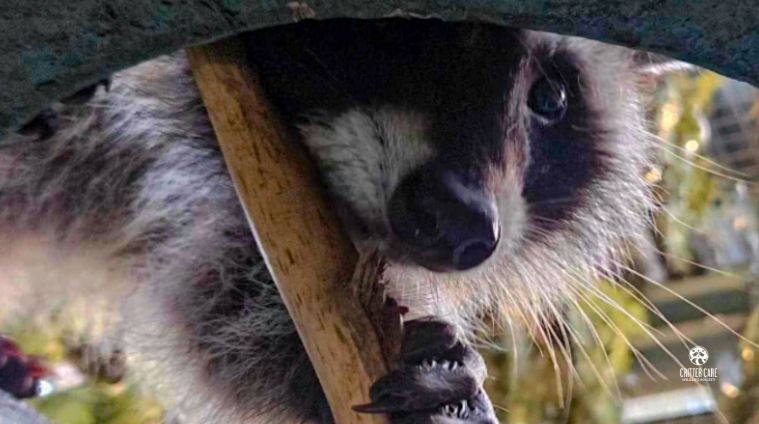
Raccoons Around the World
Though native to North America, raccoons now live far beyond Canada. Their range stretches south to Panama and into mountain regions of the United States. They have also been introduced to countries such as Germany, France, the Netherlands, and Japan, where they have established strong populations. No matter where they live, raccoons look for three essentials: food, water, and safe shelter.
Key Takeaways
- Raccoons are clever, adaptable mammals living across Southern British Columbia.
- Conflicts can be prevented by securing food and shelter around homes.
- They are mostly active at night, resting in dens or hidden spaces during the day.
- In Canada, raccoons live in every province except Newfoundland and Labrador.
- Globally, they are native to North America but have spread to parts of Europe and Asia.
Raccoons will always be part of our shared environment, whether in forests, backyards, or city streets. By respecting their needs and taking simple steps to reduce conflict, we can ensure that these lively creatures remain a healthy part of Southern British Columbia’s wildlife.
Critter Care Wildlife Society News
Sign up to get inspiring stories of rescue,
rehabilitation and release from Critter Care
Be the first to receive our newsletter, new blog posts, and updates
about our most critical needs and community news.

